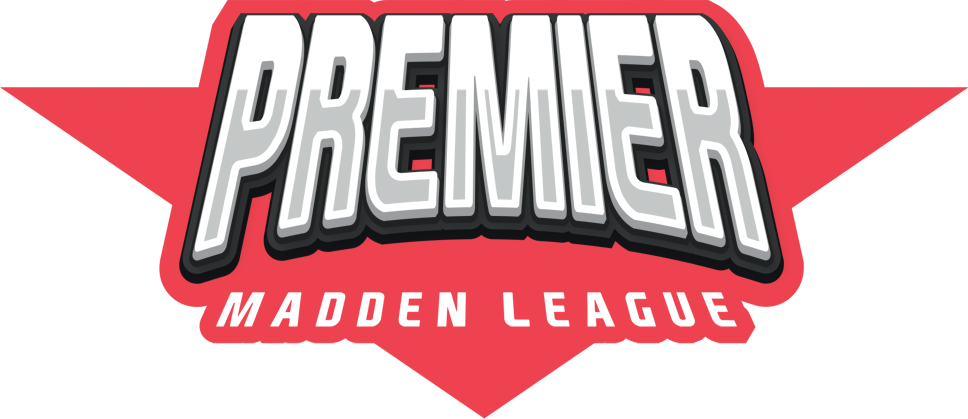Caleb Downs feels like one of those rare, obvious draft-day answers: a complete safety who can play the deep center-field role, step in the box and thump, and match up with tight ends and bigger slot receivers. The question every front office will ask as draft season approaches is simple and provocative — could Downs be taken higher than any safety since Eric Berry (fifth overall in 2010)? Short answer: it’s possible. Long answer: you have to weigh elite instincts, positional versatility and elite play strength against the one question scouts will keep asking — is his straight-line speed enough to justify a top-five pick?
The measurable profile and testing buzz
Most draft profiles and projection models peg Downs as a modern safety prototype: roughly 6-0, ~205 pounds, with explosive lower-body traits and a sub-4.5 projected 40-yard dash (many outlets project him around a 4.45). Those measurements give him the look of a playmaker who can close on the ball and hang with athletic matchups without being a liability in run support. If he comes in at the sort of 40 time projection teams are publishing, that helps — but his real stock isn’t purely tied to the stopwatch.
Draft standing — where the mocks have him
There’s real momentum behind Downs in the mock draft world. Several respected draft analysts and mock simulators have him inside the top 10 and frequently in the top half of the first round; some projection models even have him flirting with top-5 noise depending on team needs and how pre-draft visits shake out. That’s a necessary condition if he’s going to become the highest-picked safety since Berry — teams have to both value him as a difference-maker and have the positional urgency to use a premium pick on a defensive back.
High school pedigree: recruited as a five-star
Downs arrived on the college scene with a truly elite recruiting résumé. He was a unanimous five-star in the 2023 class and one of the top overall players in the country — the kind of plug-and-play blue-chip you circle when you’re building a long-term blueprint for the secondary. That pedigree matters: high-level recruiting grades correlate with early maturity, advanced processing and a physical polish that helps players handle the jump from college to pro. It’s part of why scouts are comfortable projecting him as day-one starter material who can earn premium defensive snaps early.
Playing style — strengths that make evaluators swoon
The most frequently repeated praise for Downs is his instincts and versatility. He diagnoses routes quickly, breaks on the ball with violent hands, and plays the run with a linebacker’s intent. He can flip into the slot or patrol center field — and his film shows rare timing and ball skills (big interception numbers at the high school level translated into playmaking in college). He’s physical at the catch point, routinely making contested plays, and his tackling technique is sound: he wraps, drives through the hips and finishes. That mix — instincts, toughness, ball skills — is why many evaluators are comfortable projecting him as an every-down safety rather than a specialty piece.
The main counterpoint — speed and range
If there’s a soft spot in Downs’ profile, it’s elite, game-breaking straight-line speed. He’s not routinely labeled a sub-4.4 burner. Teams that prize center-field range above all else (think free safeties who are staggeringly fast and cover huge ground) may prefer someone with demonstrable top-end speed. That said, Downs compensates with elite processing speed — the “where to be” rather than “how fast to get there” — and that football IQ often narrows the practical gap speed creates. In other words, he may not have the jaw-dropping track speed of a few converted corners, but his play recognition, burst, and physicality allow him to be in the right spot when the ball arrives.
Player comps — the Eric Berry conversation
Comparisons to Eric Berry are frequent — and flattering — but they must be handled with nuance. Berry was an elite blend of instinct, contested-catch ability and box-to-center range who also flashed excellent play speed. Downs mirrors many of Berry’s traits: tackling aggression, coverage versatility, and a nose for big plays. Analysts also throw out other comps like Derwin James and Kyle Hamilton — players whose versatility and scheme-flexibility allowed teams to use them as chess pieces rather than one-note defenders. Those comparisons are useful shorthand for NFL evaluators imagining Downs in a multi-role defensive backfield. Whether he reaches Berry’s sustained elite production in the NFL is a separate question; the key takeaway is that NFL evaluators see the physical and mental toolkit that makes the Berry comp plausible.
Draft history context — how high do safeties usually go?
If we look back at the last 15 years, safeties being taken in the top 10 is rare but not unheard of. The highest recent safety high-pick that comes closest to Berry’s No. 5 is Jamal Adams, who went sixth overall in 2017. Others — Minkah Fitzpatrick (11th in 2018), Derwin James (17th in 2018), Kyle Hamilton (14th in 2022) — show that teams will pay premium picks for special secondary talents, but top-5 is a high bar. For Downs to clear that bar he needs three things on draft weekend: (1) a team with an immediate need that prioritizes playmaking safeties, (2) a pre-draft process that validates his medical and testing profile, and (3) the perception that his skillset projects as an immediate, impact-grade starter rather than a premium developmental talent.
What would need to happen for him to be the highest-picked safety since Berry?
- A team with elite need and courage: Someone in the top five needs to be both desperate for secondary help and convinced he is their defensive identity builder.
- Strong pre-draft process: Reports — medicals, interviews, and testing — need to be clean. A worrisome medical report or underwhelming 40/positional testing could knock him down a peg.
- Speed confirmation or scheme fit: Either he hits a 40 that removes any speed concerns, or a team evaluates him as scheme-defining even without elite track speed because his instincts and tackling create immediate defensive value.
If all three align, it’s absolutely within the realm of possibility. Draft history shows teams will pay for elite positional talent; the last time a safety landed that high was Berry at No. 5, and Jamal Adams at No. 6 is the closest modern precedent. Downs has the film and the recruiting pedigree to be in that conversation — whether he converts projections into a top-five pick will be one of the more interesting draft narratives to watch.
Bottom line
Caleb Downs is a five-star, blue-chip prospect with the instincts, physicality and playmaking profile that convince many evaluators he is a top-10 talent. The speed question keeps him from being an automatic top-five lock, but the combination of versatility, recruiting pedigree and rising mock-draft traction gives him a legitimate shot at making history if the stars align. If one franchise is ready to prioritize immediate playmaking in the secondary over pure top-end speed, Downs could very well become the highest-picked safety since Eric Berry — a tempting proposition for any team that wants a tone-setting defensive leader on day one.



